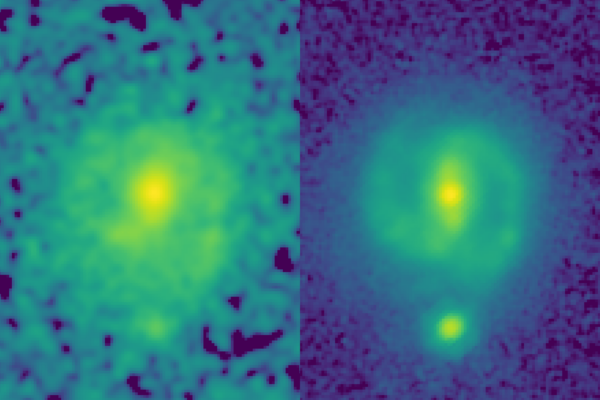
The James Webb Space Telescope has spotted six likely rogue worlds — objects with planet-like masses but untethered from any star’s gravity — including the lightest ever identified with a dusty disk around it.
The elusive objects offer new evidence that the same cosmic processes that give birth to stars may also play a common role in making objects only slightly bigger than Jupiter.
The James Webb Space Telescope has spotted six likely rogue worlds — objects with planetlike masses but untethered from any star’s gravity — including the lightest ever identified with a...
Read More








Recent Comments